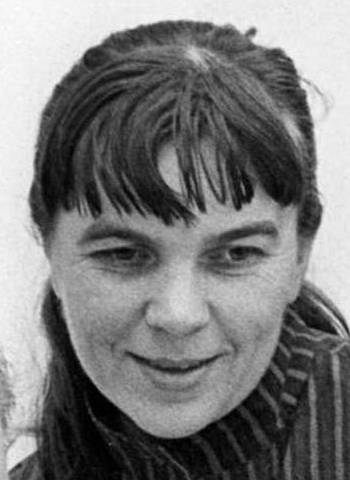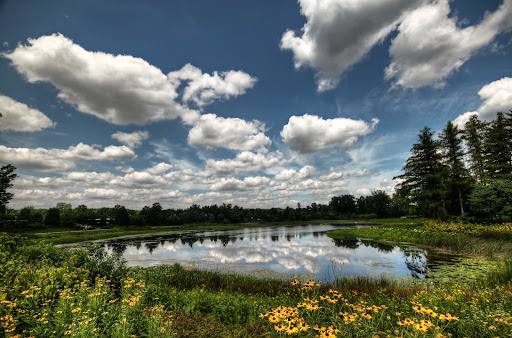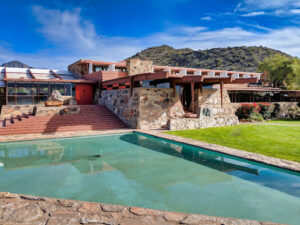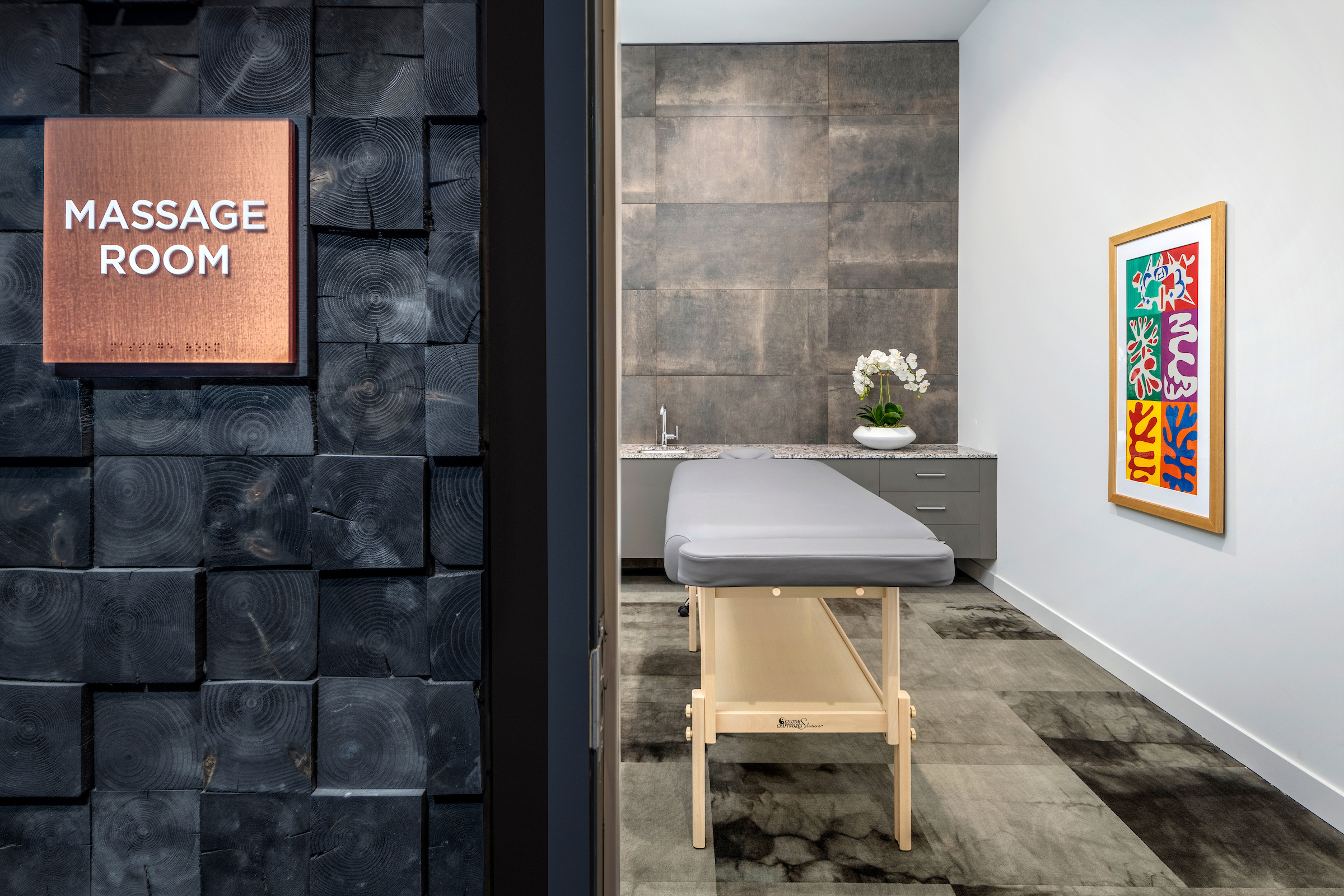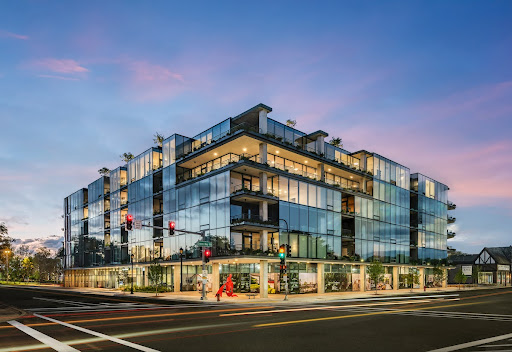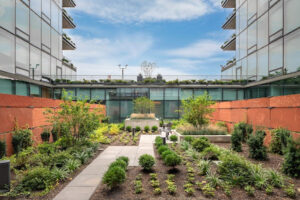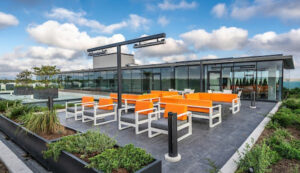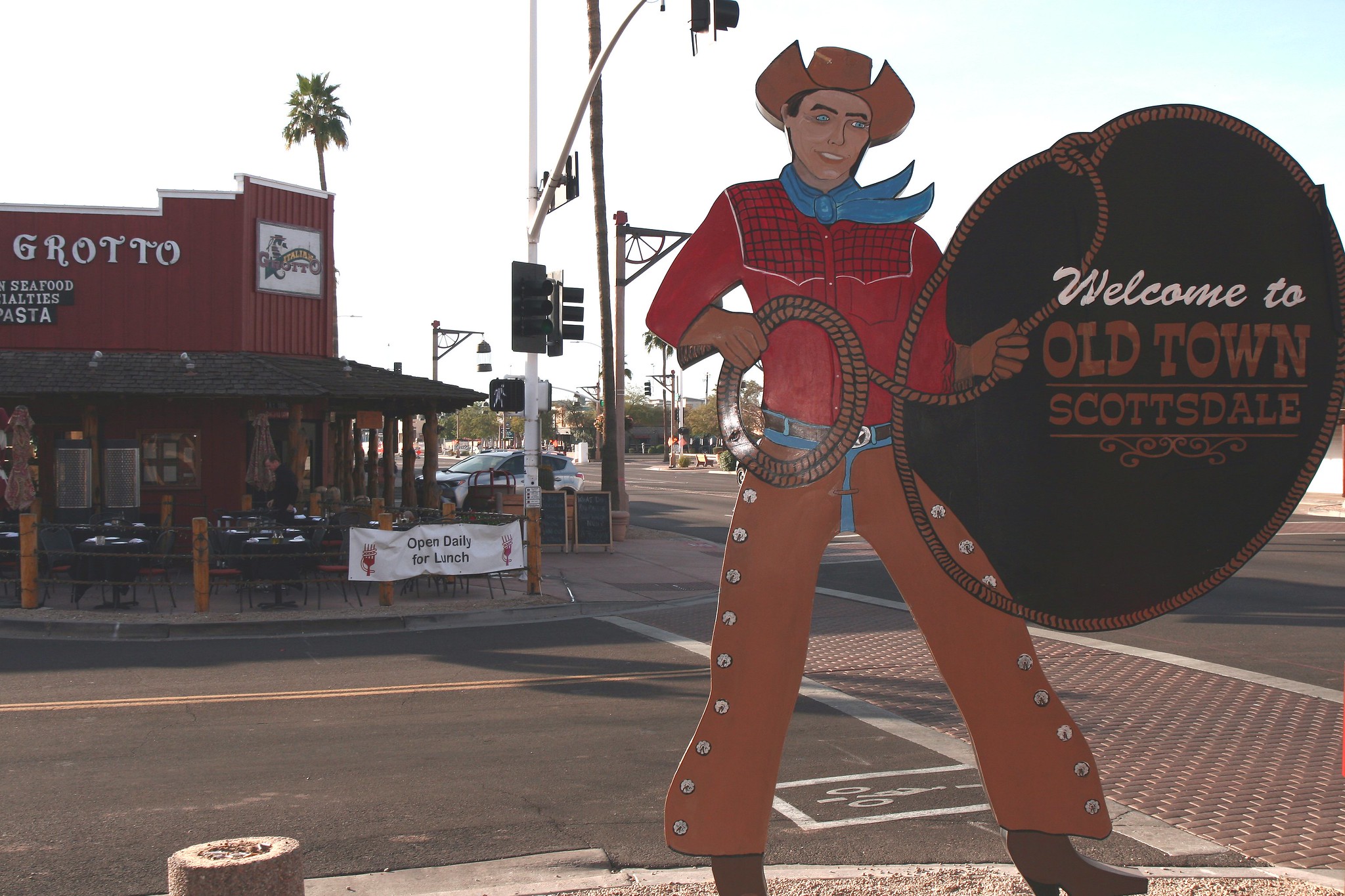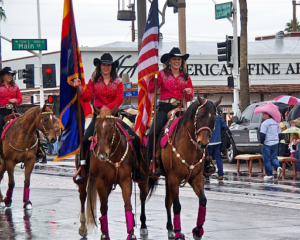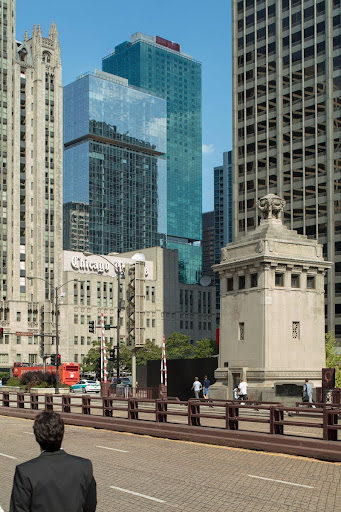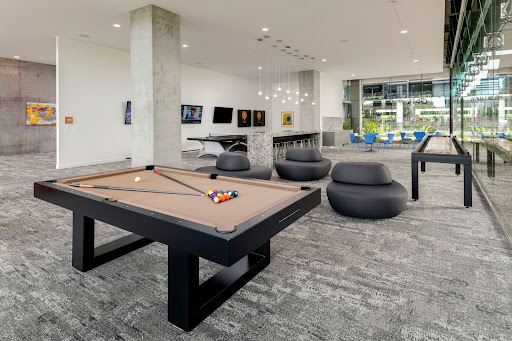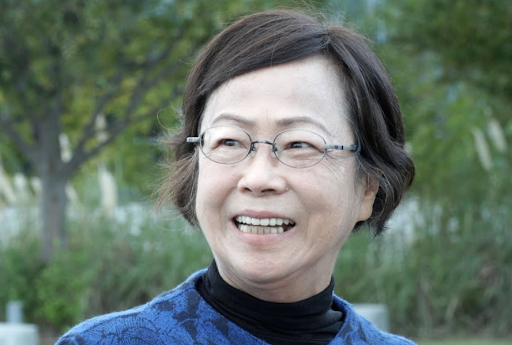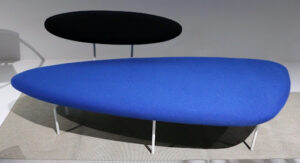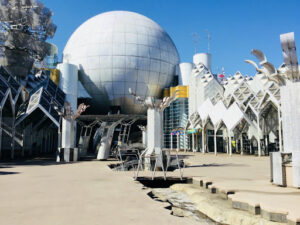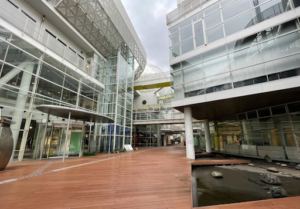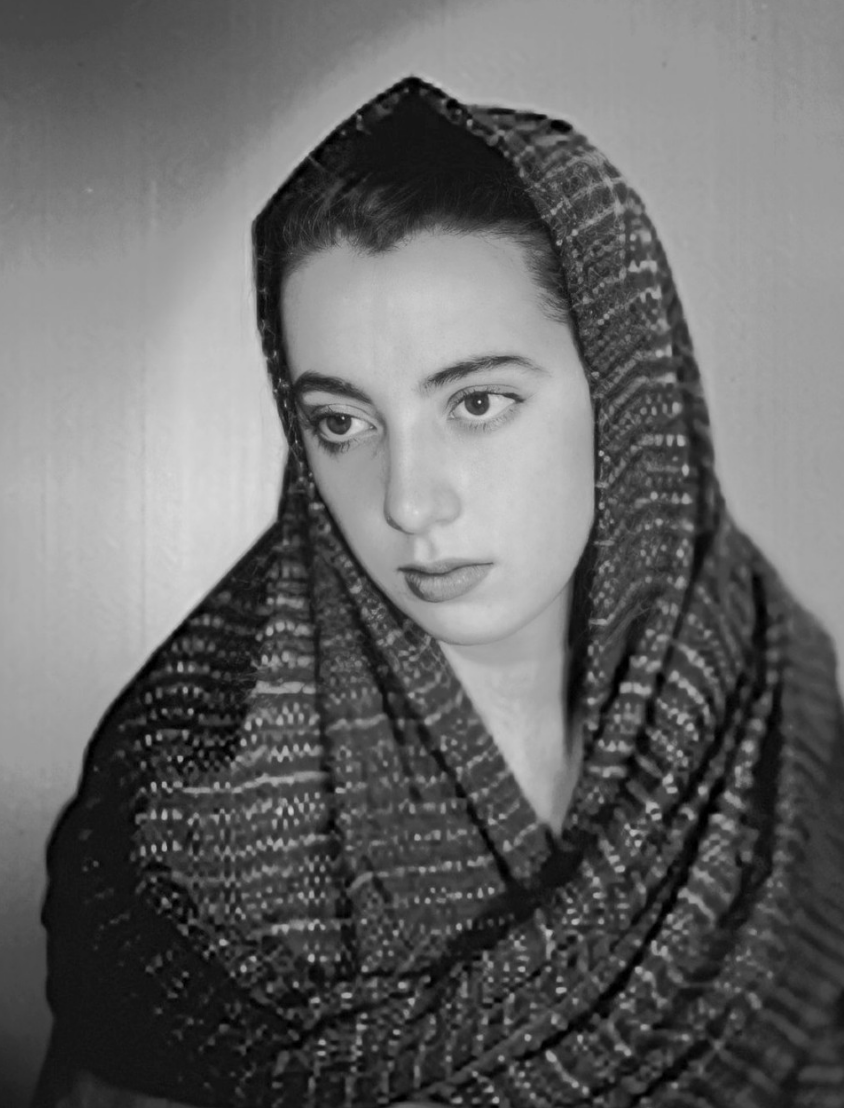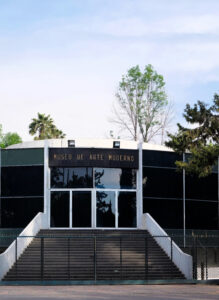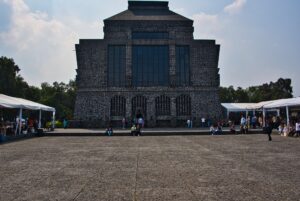As part of our ongoing “Women in Architecture” series, we’re spotlighting Raili Peitilä, a Finnish architect whose collaborative work has left a significant imprint on modern architecture. Her contributions reflect a deep engagement with nature and an innovative approach to design. Learn more about her remarkable achievements and life below:
The Life of Raili Peitilä
Born August 15, 1926, in Finland, Raili Peitilä’s early life was steeped in the rich cultural and natural landscape of her homeland. The early exposure to the wonders of nature profoundly influenced her architectural vision later in life. Her journey into architecture began at the Helsinki University of Technology, an institution known for its rigorous approach to technical and creative education.
It was there that she refined her architectural skills and also cultivated a keen understanding of the interplay between built forms and their environmental contexts. During her university years, Raili met Reima Pietilä, a fellow student who would become her life partner and professional collaborator. Their meeting sparked a partnership that would greatly influence Finnish architecture and beyond.
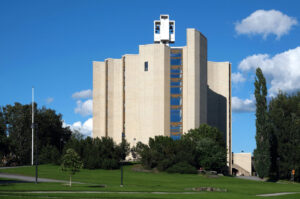
Notable Works and Achievements
Raili Peitilä, along with her husband, believed in creating architecture that was deeply integrated with its natural surroundings. This philosophy was evident in one of their most recent major projects, the Dipoli Student Union Building at the Helsinki University of Technology. With its organic form and innovative use of space, the building reflected their commitment to harmonizing architecture with nature.
Their work at the Kaleva Church and the Tempere’s Main Library Metso further established them as pioneers in the field. These buildings showcased their ability to blend modernist ideals with organic forms, earning them both national and international acclaim.
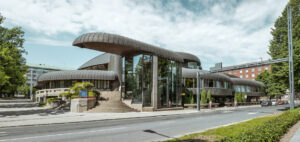
One of Peitilä’s most notable projects, the Finnish Embassy in India in 2018, is a testament to her imaginative and forward-thinking design approach. Similarly, the Tampere Main Library, another significant project, was celebrated for its interactive and user-friendly design, reflecting Peitilä’s deep understanding of public space and communal needs.
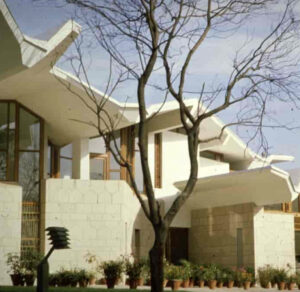
The legacy of Raili Peitilä in architecture is multifaceted. Her work not only contributed significantly to the architectural landscape but also inspired future generations of architects to think more creatively about the relationship between buildings and their natural environment. Through her projects, Peitilä has shown us that architecture can transcend the creation of mere structures to become integrated works of art that live in harmony with their surroundings.
